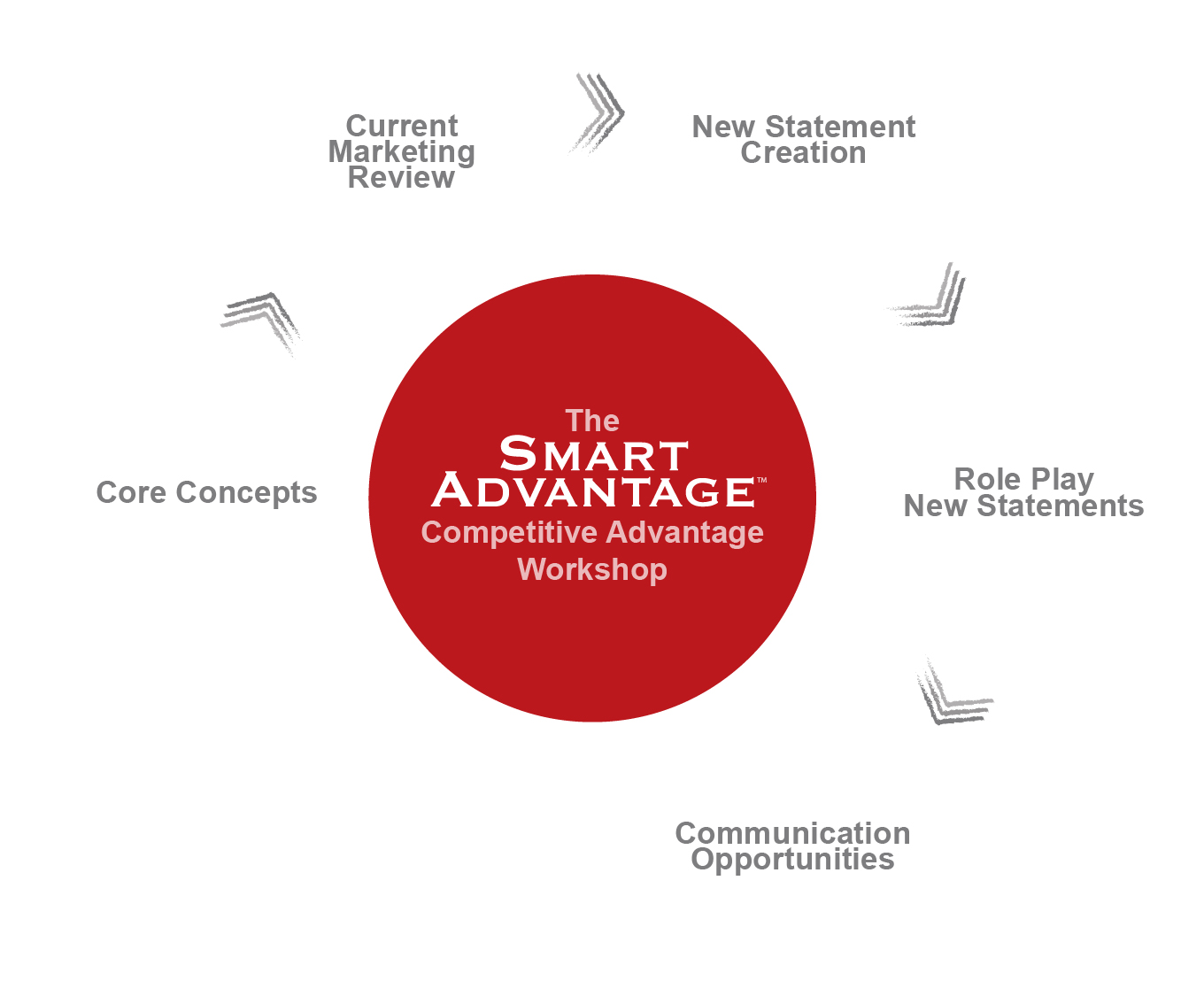Your metrics and what you might learn
The Tale of Two Companies:
Two companies learned from double blind research that “Quality” was the highest rated attribute by their customers. In other words, great quality was more important than anything else in their buying decision. We asked each company what metrics they had that could support good quality, more specifically, what was their return rate or their complaint rate? Let me share the stories:
Gold Mine
One company had reams of data tracking their return rates for the last four years. However, they had not analyzed the data to see what it all meant. So in working with them, we analyzed it and learned that their return rate for the past four years was less than one percent. This was a fact available to them but never used to engage in Relevant Selling: that is, telling the customer how well you do on that which he/she values most in their buying decision. This company VP of Sales was ecstatic to learn that they now had great ammo for their sales force, and began touting that “for the last 4 years their return rate was under 1%.”
This data represented an untapped gold mine that spoke to operational excellence. Since they had not previously mined the data, they were sitting on a competitive advantage Gold Mine.
Powder Keg
Another company for whom customers rated “quality” as the most important attribute in choosing a distributor, got bad news. But learning the bad news may have saved the company by uncovering it in time.
We asked them to tell us their return rate. They, like many companies, did not track it. So we asked them to track it for the next 30 days. They reported having some type of complaint on 75% of their delivered products. They were stunned. We asked them to track it for another 30 days and they had a similar result. After some investigation, this distributor learned that the product arrived at their customers’ sites already damaged or with missing parts. Prior inspection of the product was almost nonexistent before reaching their customers. Communication on fixing the problems through a manufacturer’s warranty was complex and added a layer of frustration to customers. Company leaders made a strategic decision to change their shipping process. Instead of having a product shipped directly from the manufacturer to the customer, their products are now shipped to them (the distributor) and extensive quality control, review, and repackaging is undertaken. While this adds an additional step to their delivery process, it resulted in a near elimination of the type of quality issues that used to plague them – and still likely plagues their competitors. The senior executives quickly got into gear and fixed the internal issues. But without having learned what their customers valued, and tracking their performance, they may have lost many customers before becoming aware.
In order to make the kind of strategic decisions that can either save your company or unleash it for significant growth, find out what your customers value most, then determine if you have the operational excellence around it. Then, tout it in the sales encounters!

